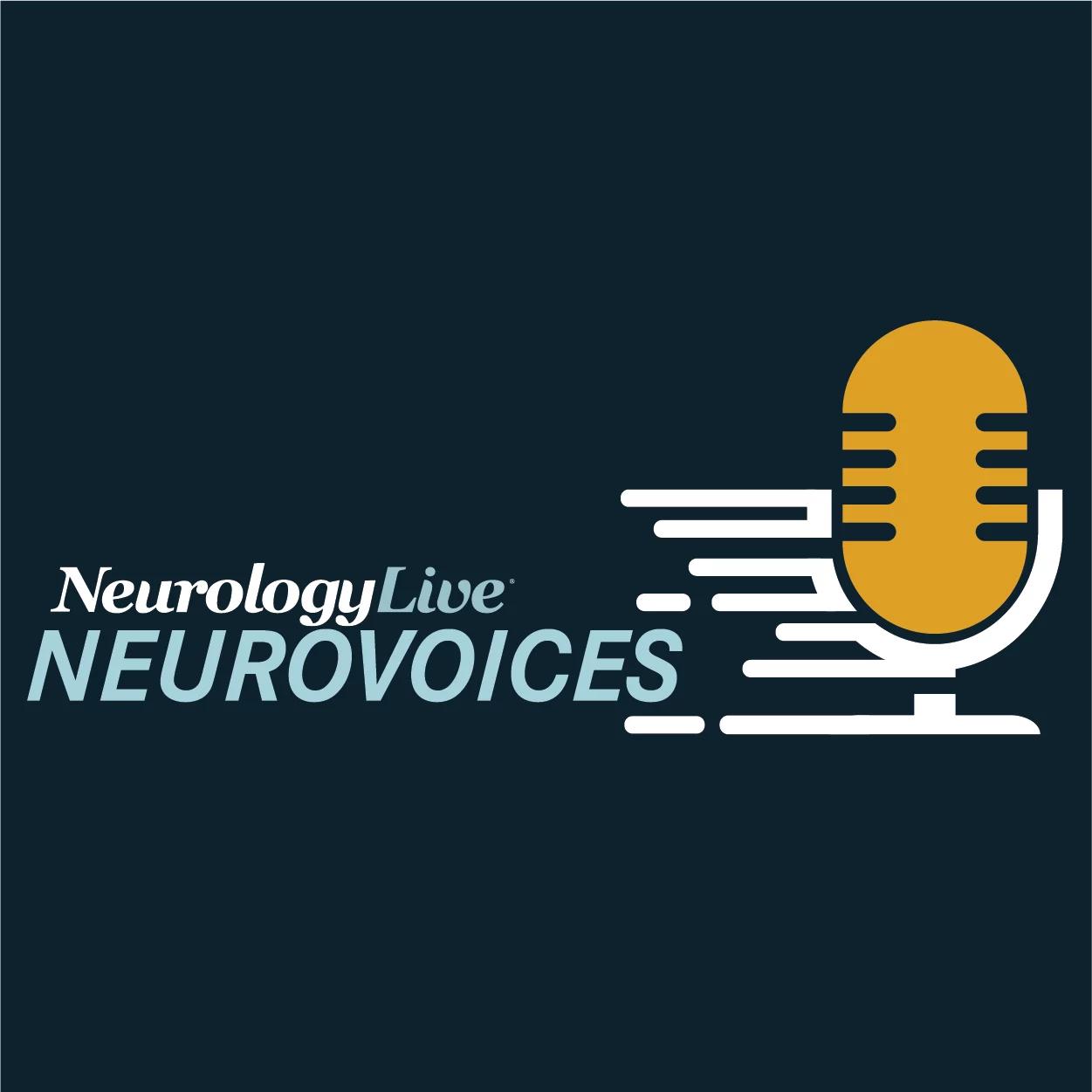Commentary
Video
Exploring New Avenues for Treating Muscular Dystrophies With Targeted Therapies: Matthew Alexander, PhD
Author(s):
The associate professor of pediatric neurology and genetics at the University of Alabama Birmingham provided clinical insights on the key signaling pathways currently being targeted in the treatment of muscular dystrophies. [WATCH TIME: 4 minutes]
WATCH TIME: 4 minutes
"Fibrosis is a major driver of pathogenesis in muscular dystrophies—targeting it could significantly improve outcomes across multiple tissues, including muscle, heart, and lung."
Muscular dystrophies are a diverse group of genetic disorders characterized by progressive muscle weakness and degeneration. Recent advances in understanding the molecular mechanisms underlying these diseases have revealed that dysregulated signaling pathways play a critical role in their progression. These pathways often govern key cellular processes, such as muscle regeneration, inflammation, fibrosis, and calcium homeostasis, which are disrupted in muscular dystrophies. Targeting these pathways offers a promising avenue for therapeutic intervention, as it allows researchers and clinicians to address the root causes of muscle degeneration rather than just managing symptoms.
At the 2025 Muscular Dystrophy Association (MDA) Clinical & Scientific conference, held March 16-19, in Dallas, Texas, Matthew Alexander, PhD, chaired a session on targeting signaling pathways to treat muscular dystrophies. The session featured presentations from several notable neuromuscular experts, including Steve Welc, PhD; Alexis Demonbreun, PhD; Kyoko Yokomori, PhD, DVM; and Hongshuai Li, MD, PhD. Following the talk, Alexander, an associate professor of pediatric neurology and genetics at the University of Alabama Birmingham, sat down to discuss the topics discussed and the latest updates in targeting pathways.
In the interview, Alexander provided a high-level overview of emerging approaches to addressing fibrosis and stabilizing myofiber membranes in muscular dystrophies like Duchenne muscular dystrophy (DMD). In addition, he highlighted the importance of blocking fibrosis as a general mechanism for improving outcomes in skeletal muscle, heart, and lung tissue, as well as exploring novel strategies to stabilize the myofiber membrane to reduce immune signaling and calcium leakage. Furthermore, Alexander discussed the complexity of targeting these pathways due to genetic variability, secondary mutations, and patient-specific factors, emphasizing the need for personalized approaches to treatment.

























